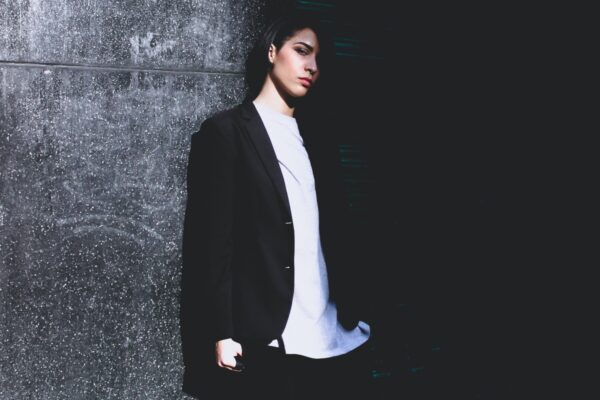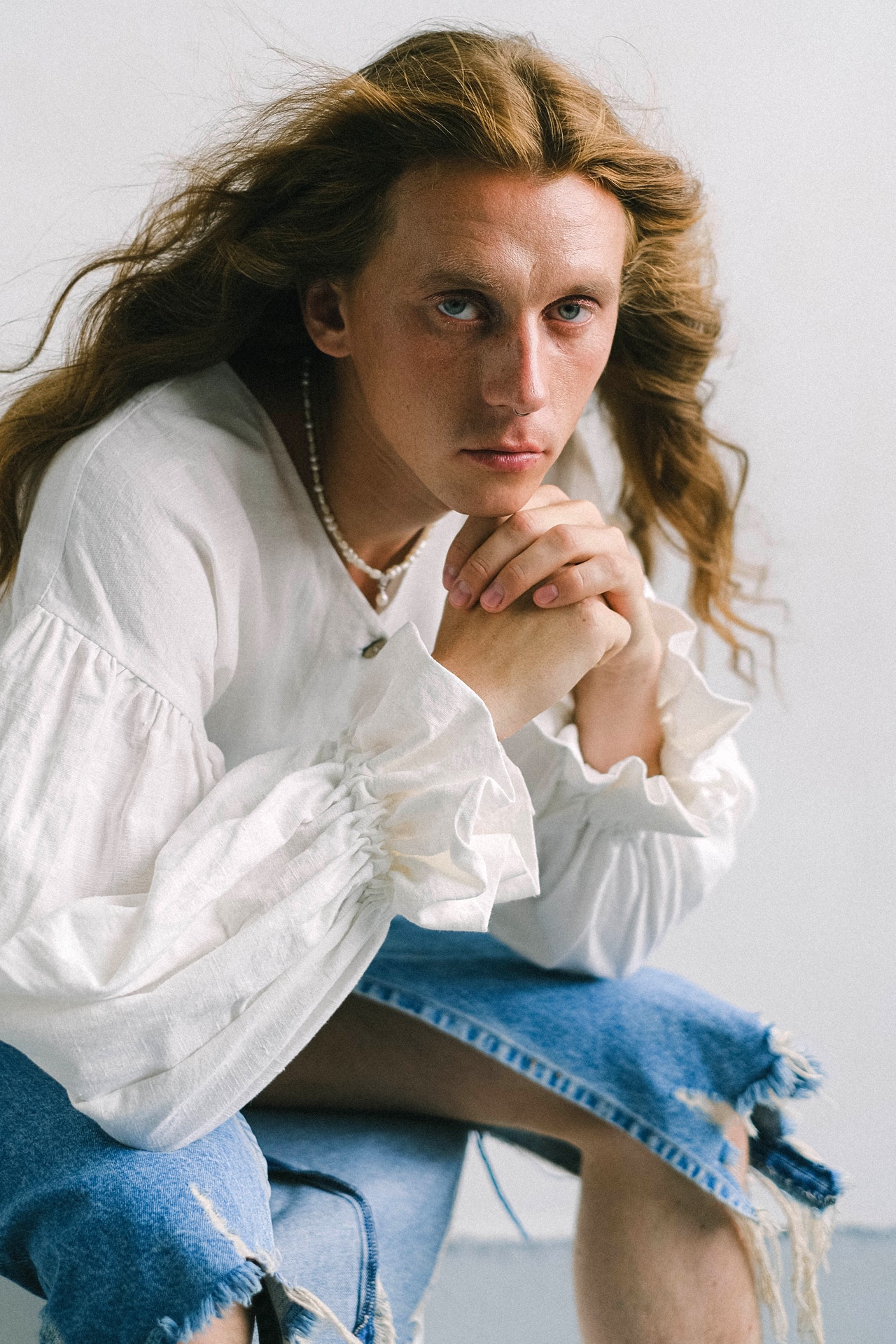
Identity is an important thing for all people because it tells a story of your past, present, and possible future. This concept is especially important for queer people. Through fashion, the LGBTQ community can express our true colors (no pun intended) and show our belonging in a world that has been rejecting us for so long. Our appearance tells a story of who we were, where we are today, and what we strive to become in the future. So is fashion helping us discover and express our identity?
Mixing it up
Through your appearance, you can influence the way the world sees your identities—your gender, ethnicity, social class, age, politics, lifestyle and aesthetics. Each of us has these mentioned identities (and many more) and with your clothing, you can choose when and who to present them to the world. Not all identities are present in your fashion at the same time. Fashion is also a great way to mix things up and represent different identities that do not often overlap. Also, your identity doesn’t just appear out of nowhere—it comes from your past and can be a great tool to face your past and show it off while also expressing who you’re hoping to become.
Discovering your preferences

Probably the most common use of fashion is to exhibit your preferences and your uniqueness. In the past, people were conditioned to think that pink, dresses and makeup are reserved for girls and boys only need to wear blue and look rugged and macho. These notions are obviously outdated and less highlighted thanks to new generations and their love of fluidity and acceptance. Thanks to gender nonconformity and LGBTQ+ people, we’re slowly changing the way people can express their sex. Today, through fashion, we can forget about sex and focus more on gender expression as we see fit. Let’s look at some celebrities like Jaden Smith, Jared Leto and Kristen Stewart—they often wear clothing traditionally assigned to the opposite gender. Through their platforms, they are not only showing off their style, but also changing the way people perceive gender.
Sense of belonging
Highlighting your identity through your fashion style allows you to stand out, but also feel at home in your community. If you’re a runner, wearing leggings can show off your love of exercising and let you fit into the regular gym environment. The same goes for other garments we can wear as a uniform for other people to recognize our identity and accept us right away. Not many other things allow us to express our belonging in such an obvious way as fashion. If you want to show it off, through fashion, you can display your belonging for everyone to notice in seconds.
Avoiding certain connotations

Just like it can show your identity, fashion can also be used for avoiding certain connotations. It’s as easy to show your belonging as it is easy to display avoidance of certain settings, people and connotations. Through fashion, you can highlight who you are and who you are not. For instance, maybe you want to avoid looking too feminine, too promiscuous, too old or too young—it’s easy to verbalize these sentiments and non-identities through fashion.
Fashion symbolizing culture
As you probably know, first impressions are very powerful. They might form quickly, but they last for a long time, sometimes being impossible to erase. Every single thing in your appearance can influence the way people see you and interact with you. Things we put on our bodies can’t be separated from society. Therefore, fashion can be used as a tool to communicate ideas, promote lifestyles and form ideas. Many people in the LGBTQ+ community use fashion to shine a light on social problems and start dialogues between parties.
Many people are still not completely free to express their identities, but those of us that have that opportunity should take the chance. With fashion, there’s no need to verbalize your identities but show them off in a much more powerful way. Fashion is a social and personal tool with great power and great aesthetics.
QUEERGURU’s Lifestyle Editor PETER MINKOFF is a gay health and lifestyle writer at QUEER VOICES magazine. Besides writing, he worked as a freelance fashion stylist in Europe and Australia. A true craft beer and soy latte aficionado, he loves spending his days at the beach and visiting second-hand stores on a daily basis. Follow Peter on TWITTER for more tips.

